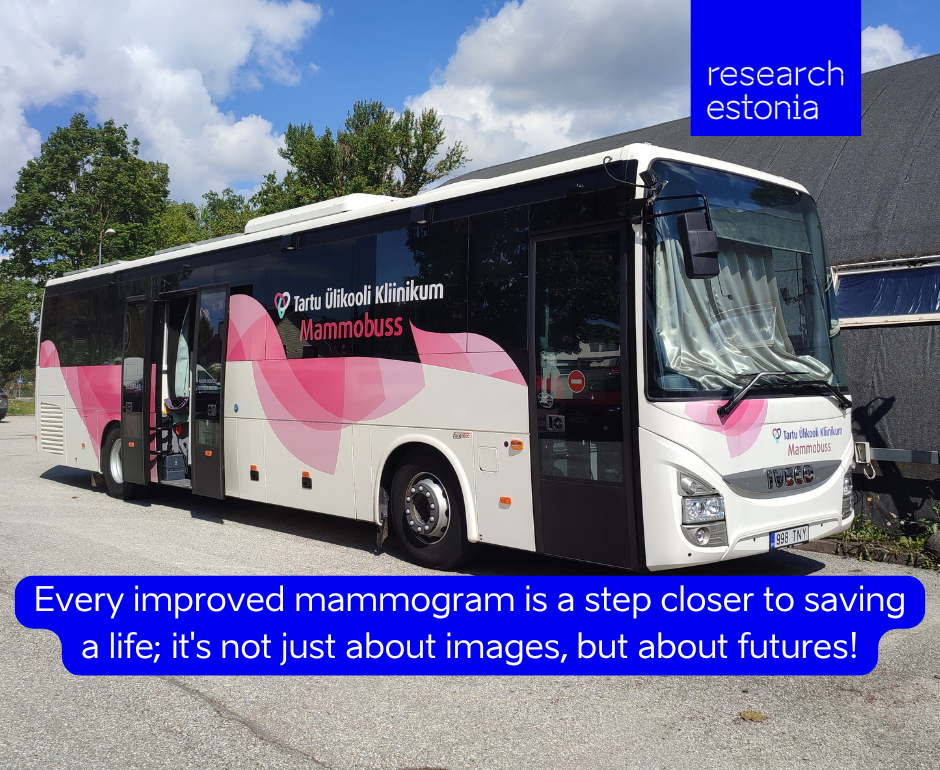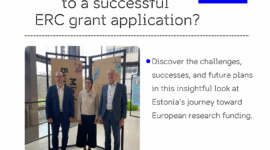Breast cancer is the second leading cause of cancer-related deaths among women in Estonia, according to 2022 data. Early detection through mammography significantly improves outcomes. A new tool will help medical physicists monitor mammography equipment, ensuring high-quality images that support early detection and potentially save more lives.
In Estonia, 250 women die from breast cancer each year. Since the effectiveness of cancer treatment largely depends on how early it is detected, many of these deaths could have been prevented with timely diagnosis.
Mammography plays a key role as a quick, non-invasive way to screen for breast cancer. However, the quality of mammography depends on the clarity and detail of the images produced, making it essential to monitor mammography machines closely.
Ensuring the optimal performance of radiation-emitting equipment and maintaining patient safety requires the expertise of medical physicists like myself. We use our knowledge of physics to understand how radiation interacts with materials and its effects. We optimize mammography equipment to produce the high-quality images radiologists need for accurate breast cancer detection.
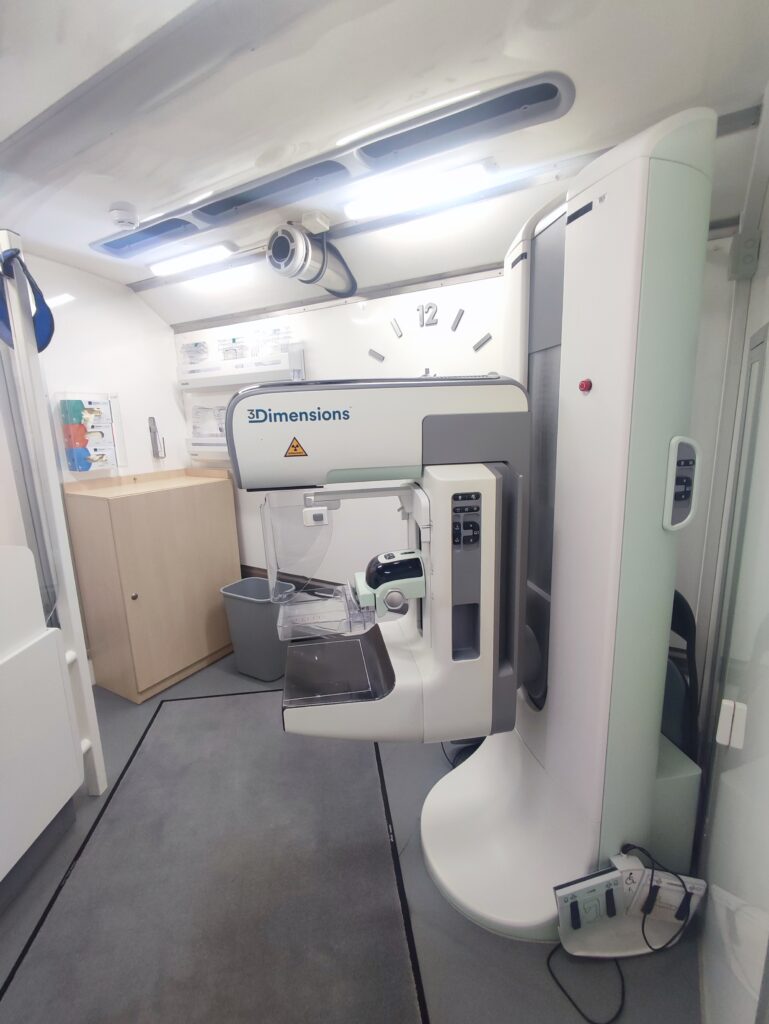
We conduct quality control checks to make sure the equipment complies with national and international standards, including those set by the International Atomic Energy Agency (IAEA). Following these standards is essential for maintaining both diagnostic accuracy and a safe environment for patients and staff.
In Estonia, medical physicists are in short supply, with most working in large healthcare facilities. Smaller centers often lack on-site support, meaning the few available medical physicists must travel to perform essential quality control checks. This process is time-consuming, and without it, meeting high quality regulations becomes challenging.
The frequency and types of quality control practices are then limited to meeting the minimum regulatory requirements to ensure patient safety. The current situation leaves little room for improving and innovating practices. Moreover, longer intervals between controls could overlook short-term fluctuations in equipment performance, which potentially affects image quality.
To address this challenge, I’m leading a project at Taltech to implement remote quality controls for mammography equipment. This project will provide remote monitoring as a complementary tool to existing quality control practices that require the presence of a medical physicist, and significantly reducing travel time.
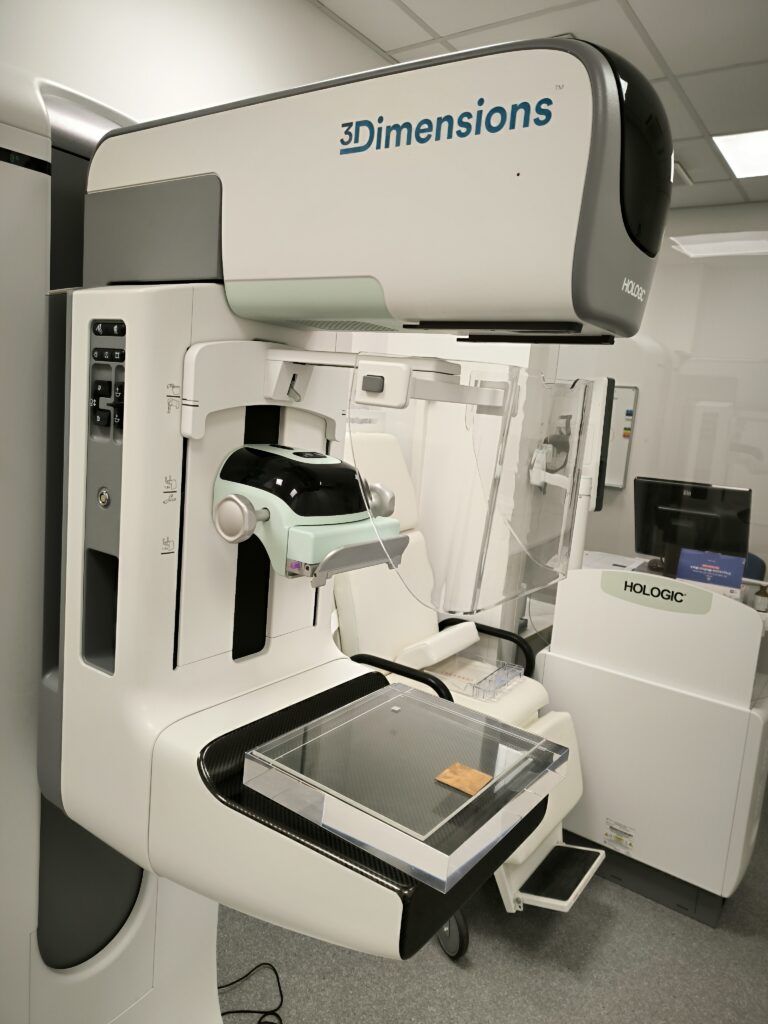
To achieve this, I am following the IAEA’s remote and automated quality control program. As part of the project, I am developing low-cost phantoms — objects that mimic breast tissue — and will train radiographers at each facility to image them. The images will be uploaded to Estonia’s national image archive system (Eesti Tervishoiu Pildipank), one of the few nationwide medical image exchange systems in the world.
I’ll analyze the acquired images remotely using a special computer program that shows image quality indices not included in our current practices. The program helps to check if the test results are good enough and to identify what is normal for each machine. This makes it easier to detect potential issues early or confirm if unusual readings are only temporary.
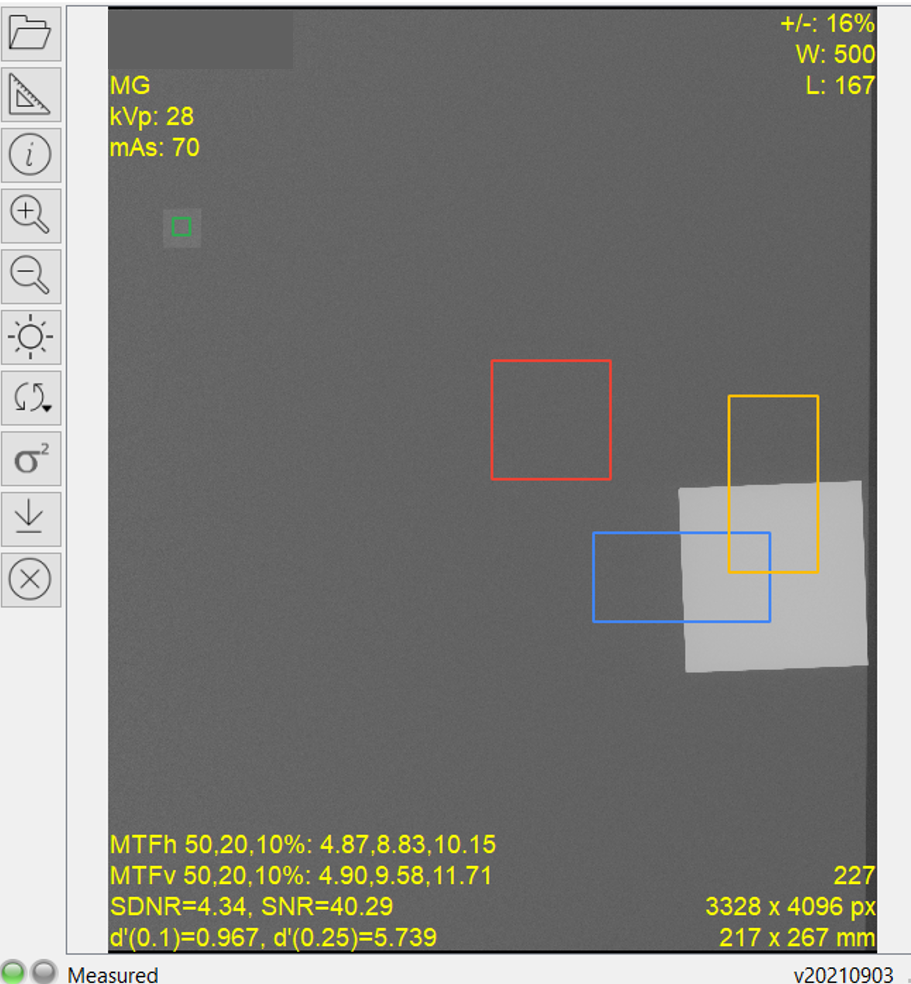
We are launching this project at Tartu University Hospital and Viljandi Hospital, with plans to expand to smaller facilities and promote collaboration among other medical physicists and healthcare teams. Remote quality controls will enhance equipment monitoring between current biannual checks, enabling timely issue detection, ensuring consistent image quality, and patient safety.
By reducing travel time, this approach saves resources and frees medical physicists to engage in further tasks that innovate radiology practices that can positively impact the quality of life of patients.
On this journey, I am inspired by the faces behind each mammogram: mothers, daughters, sisters, and friends. They deserve the best care possible. With every improved image and every early diagnosis, we are not merely refining our protocols; we are helping to save lives and shape a healthier future in Estonia through the power of medical physics.
Author of this article is Lucía Mariel Arana Peña from Tallinn University of Technology. Editor Jaan-Juhan Oidermaa.
Article written for the contest “Science in 3 minutes” organised by Estonian Academy of Sciences and The Estonian Young Academy of Sciences (EYAS). Main sponsor of the competition is Inclusive Financial Technology Foundation.
If this exploration into cancer research has sparked your hope, don’t let the story end here—follow us to the next article where we uncover the latest breakthroughs in the fight against this disease. Read more about Tehnopol-Led Lung Cancer Study Highlights Opportunities to Improve Patient Care!
 Back
Back